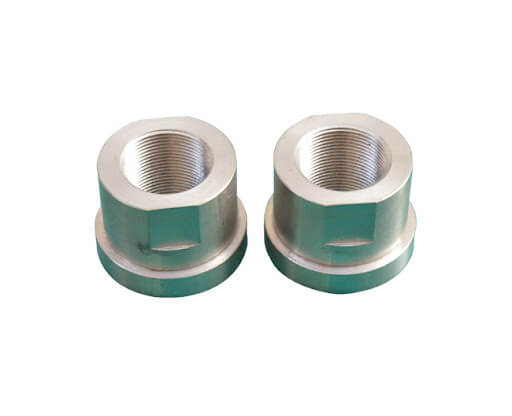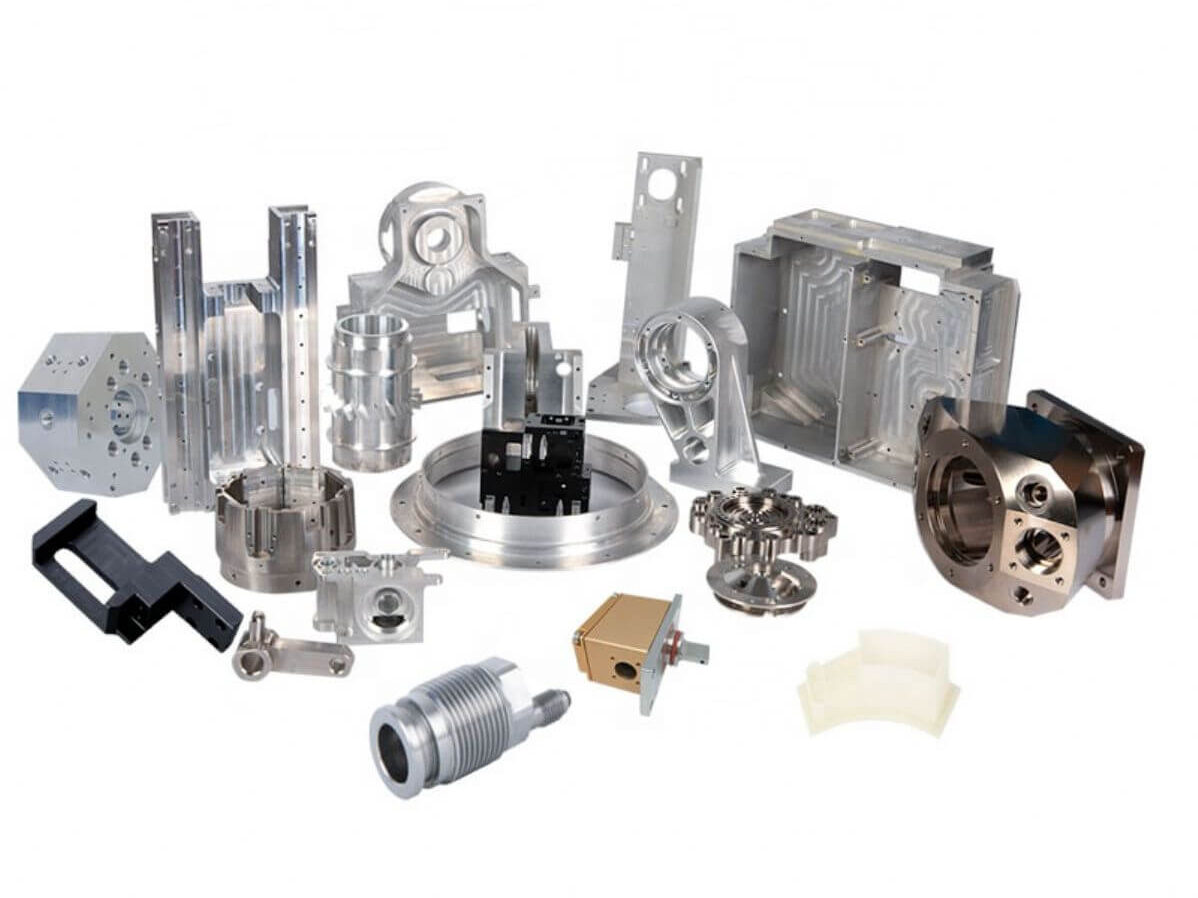Introduction to Machining Parts & Components
Machining parts and components play a crucial role in various industries, from automotive to aerospace, and everything in between. These precision-engineered pieces are the building blocks of many machines and systems, and their quality and accuracy are paramount to the overall performance and functionality of the end product. In this ultimate guide to machining parts and components, we will explore the fundamentals of this process, its importance, and the various techniques and tools involved.
Machining is a manufacturing process that involves the removal of material from a workpiece to create the desired shape and size. It is a subtractive process, meaning that material is taken away rather than added. This process is typically performed using machine tools such as lathes, milling machines, and grinders, which are capable of cutting, shaping, and finishing the workpiece to the required specifications.
Process and technology of machining parts
The importance of machining parts and components cannot be overstated. These precision-engineered pieces are used in a wide range of applications, from simple household appliances to complex industrial machinery. The quality and accuracy of these parts directly impact the performance, reliability, and durability of the end product. Whether it’s a car engine, an aircraft wing, or a medical device, the precision and consistency of machining are crucial for ensuring optimal functionality and safety.
There are several techniques used in machining parts and components, each suited for specific applications and materials. Turning is a common technique used to create cylindrical parts, such as shafts and rods. It involves rotating the workpiece while a cutting tool removes material to create the desired shape. Milling, on the other hand, is used to create complex shapes and features by removing material from a workpiece using a rotating cutter. Grinding is another widely used technique that uses an abrasive wheel to remove material and achieve a smooth surface finish.

In addition to various machining technologies, there are also different types of machine tools used in the machining process. As mentioned before, lathes are used for turning operations, they can be manual or computer controlled, the choice depends on the complexity of the task. On the other hand, milling machines are versatile tools that can perform a variety of operations such as drilling, cutting, and forming, while grinders are specialized tools used for precision grinding and finishing operations.
To achieve the desired results, machining parts and components require careful planning and attention to detail. This includes selecting the appropriate machining technique and machine tool for the job, as well as determining the optimal cutting parameters such as speed, feed rate, and depth of cut. Additionally, the choice of cutting tool and tool material is crucial for achieving the desired accuracy and surface finish.
In conclusion, machining parts and components are essential in various industries, and their quality and accuracy are critical for the performance and functionality of the end product. This ultimate guide has provided an introduction to the fundamentals of machining, its importance, and the various techniques and tools involved. By understanding these principles, manufacturers can ensure the production of high-quality, precision-engineered parts that meet the demands of modern industries.
